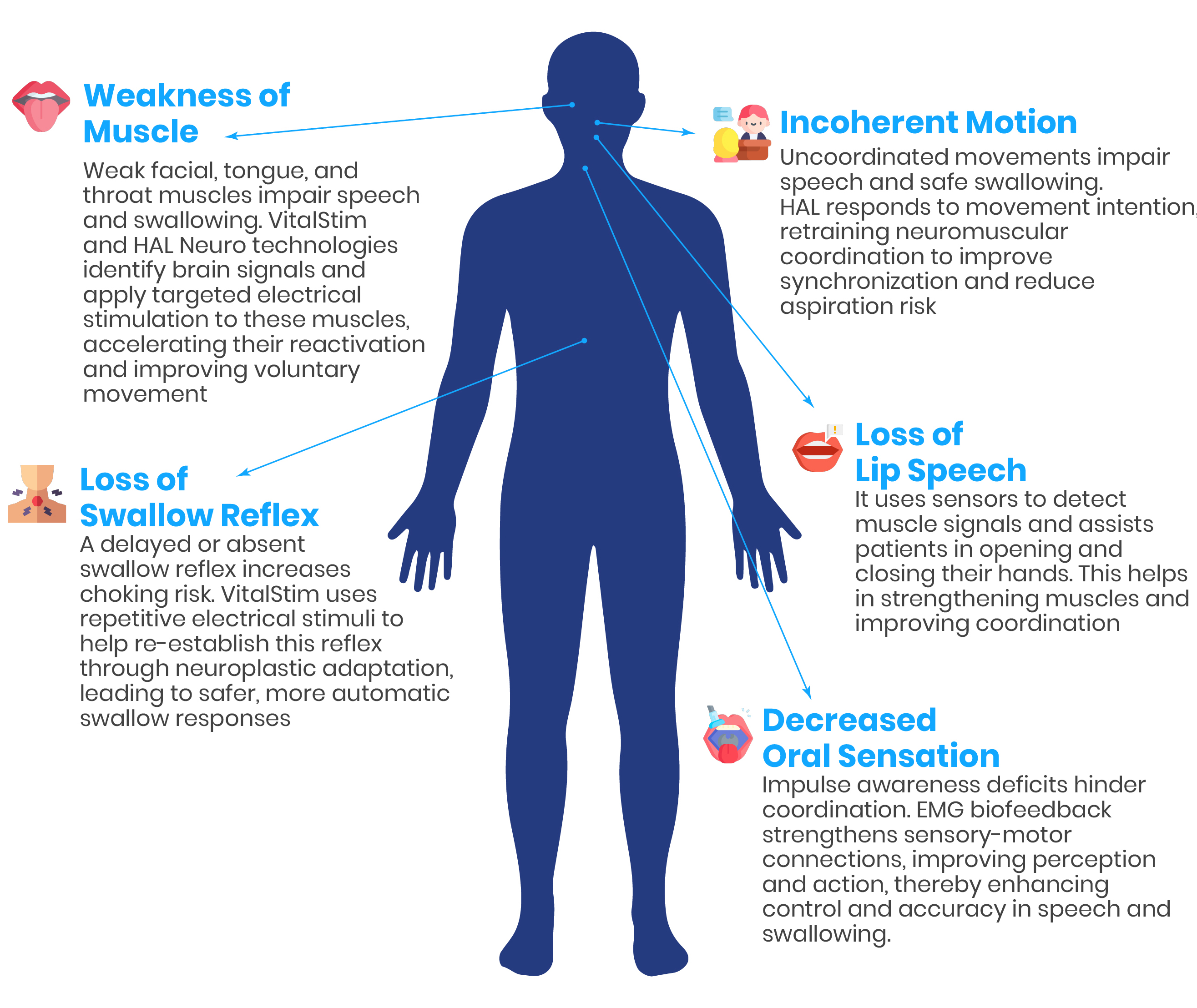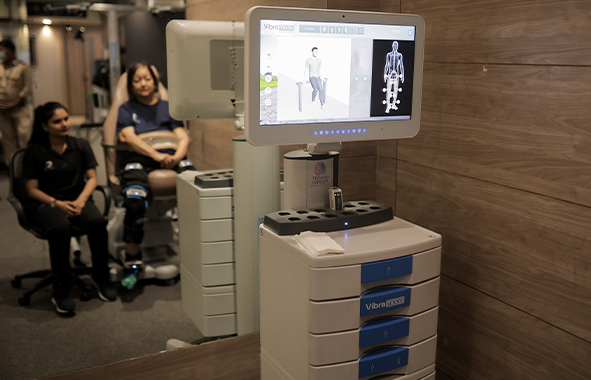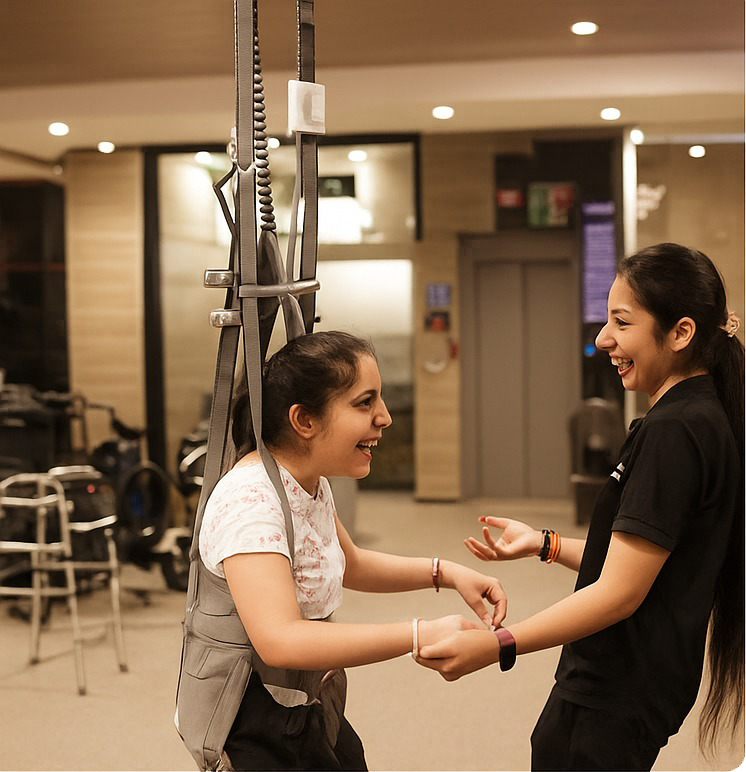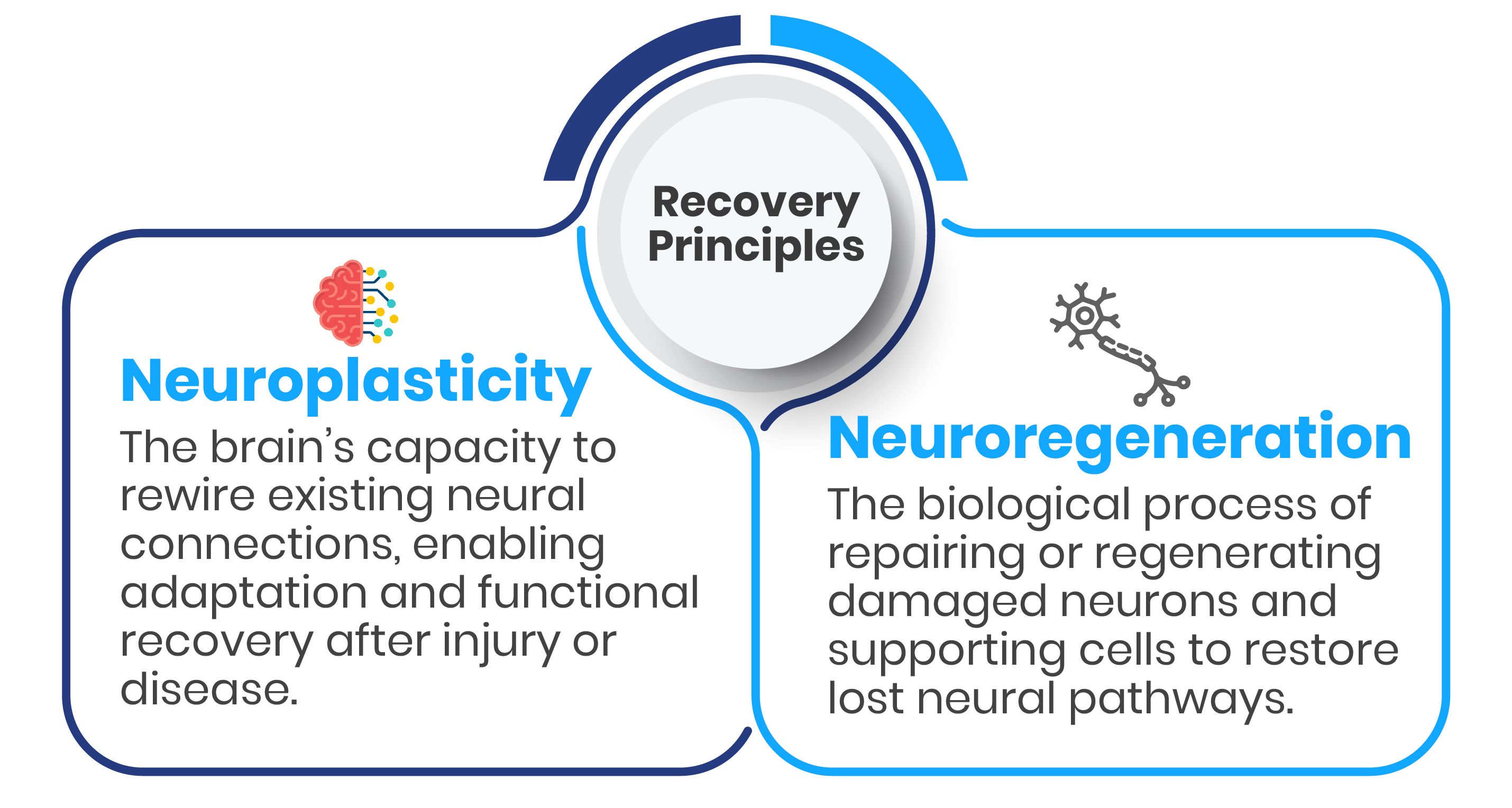Have questions or interested in our premium window solutions? Reach out to us—we're here to help!
Speech and Swallowing Disorders results in numerous challenges that impact life very badly by hindering effective swallowing and communication. Degenerative illnesses, brain traumas, and neurological events like strokes can cause these conditions. Social engagement and dietary intake may be impacted by issues with articulation, voice, fluency, and the physical swallowing process.



VitalStim stimulates and firms up oral and throat muscles with the addition of EMG biofeedback to track progress.
Therapist-supervised exercises assist in restoring basic control of speech and swallowing functions.
Therapy moves on to incorporate biofeedback, rTMS, and BCI-assisted speech training.
This aids in the re-establishment of neural pathways, refining muscle coordination, and articulation.
Tailor-made home exercise regimens and regular clinical sessions maintain progress, avert relapse, and enable long-term independence.







Walk Again is growing its reach throughout Southeast Asia, bringing advanced neuro-recovery services to more patients. Also opened in Oman.
Contact UsA: Restoring as much speech and swallowing function as possible is the aim of rehabilitation. How well you respond to therapy, the underlying reason, and the severity of your disorder all affect how much you recover. Advanced methods including rTMS, BCI, and VitalStim can significantly improve muscular strength and coordination.
A: Recovery varies from person to person.. Some may require months of therapy, while others might see improvement in just a few weeks. With two to three sessions each week, significant improvements can be observed after 24 sessions.
A: Rehabilitation can reduce the advancement of progressive diseases like Parkinson's or ALS, improve function, and improve quality of life by retaining muscular strength and coordination. However, it cannot stop the disease from progressing.
A: VitalStim muscle stimulation and tailored swallowing treatment help many people regain the ability to eat and drink more easily. The goal of therapy is to improve safety and independence by strengthening the muscles involved in swallowing and lowering the risk of choking.
A: It has been clinically demonstrated that non-invasive methods such as Brain-Computer Interface (BCI), rTMS, and Functional Electrical Stimulation (FES) are safe and successful in regaining speech and swallowing abilities. These cutting-edge treatments offer focused stimulation for the best possible healing.